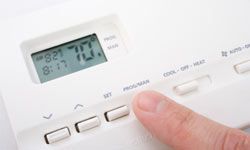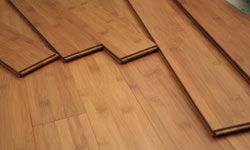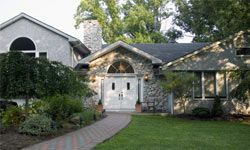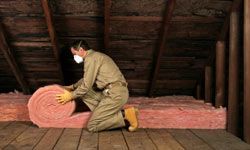Decisions, decisions, decisions. If you're building a house, that's what your life is all about -- choosing the features of your new home. Although it was probably exciting at first, by now it's likely lost its luster. But try not to get so bogged down that you overlook your home's energy efficiency. Building a new home is the perfect time to add green features that will help you take advantage of lower energy costs, and make the house more marketable when it's time to sell in the future. If your builder hasn't already suggested a few ideas on how to green your new home, we've compiled 10 ways to help make the decision process a bit easier. Although adding green features may seem a little pricey up front, green upgrades will save you money in the long run through reduced energy bills. Plus, they help you contribute to energy and water conservation, which allows you to do your small part to protect the environment for future generations. We'll lay out the pros and cons of each green feature and leave the decision to you.
Advertisement




